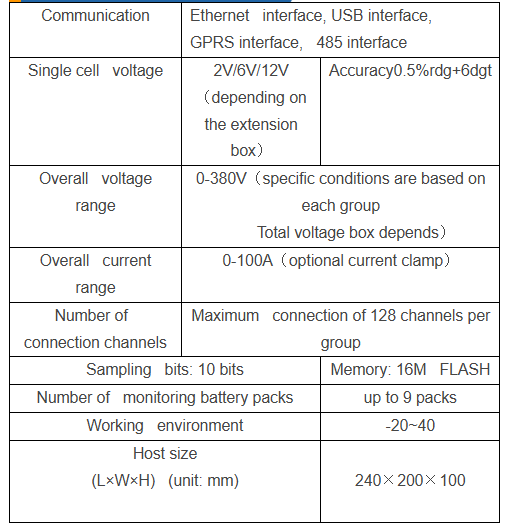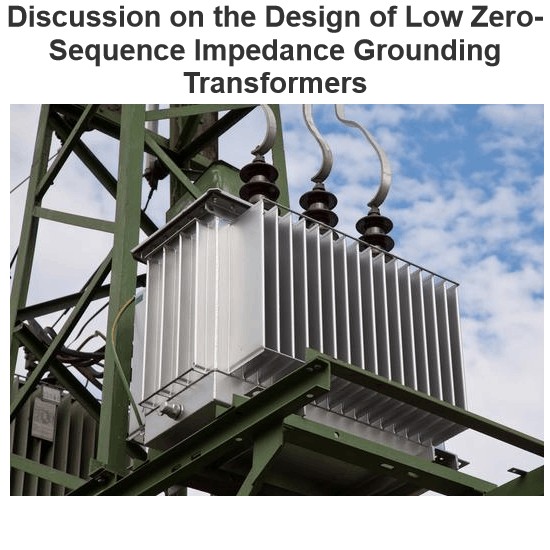| Brand | Wone |
| Model NO. | WDDC-54 battery wireless inspection instrument |
| Voltage | 380V |
| Series | WDDC-54 |
Description
The WDDC-54 battery wireless inspection system takes the battery terminal voltage, the total voltage of the battery pack, the total current of the battery pack and the temperature of the environment where the battery pack is located as the main monitoring parameters. It monitors the battery performance and status in real time and analyzes the development trend of battery performance. A wireless monitoring system to judge battery life. The system can track the performance balance of the battery. When a faulty battery with serious performance deterioration is found, the system will immediately alarm to provide a basis for the "fine" maintenance of the battery pack.
Specifications







